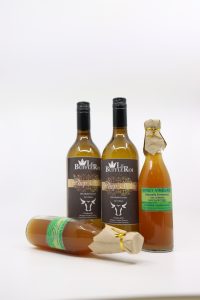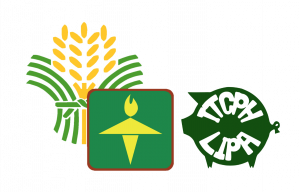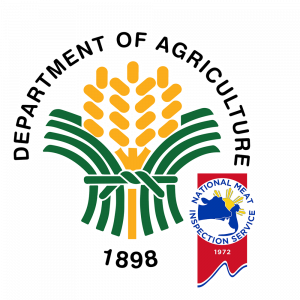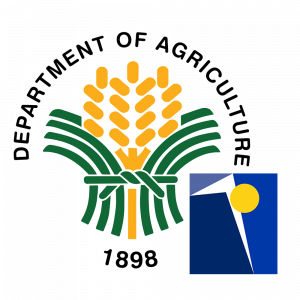Chamanei Elias | 11 June 2021, Philippines


The DA-Philippine Carabao Center (DA-PCC), through the Product Development and Innovation Section (PDIS), recently reached a milestone in advancing products development by way of incorporating whey into its fruit-flavored isotonic drink. This means whey, which is previously considered as waste, is now put to good use while reducing harm to the environment.
The PDIS team headed by Ms. Mina Abella, Supervising Science Research Specialist, submitted the utility model for registration under the Intellectual Property Office of the Philippines, which was approved and published last February 2021.
The utility model relates to the use of whey and fruit as flavoring in beverage production. Whey is the liquid remaining after the milk has been curdled and strained during cheese production. It was previously considered as a pollutant or waste because of its high organic matter content causing serious environmental problems. Various technological approaches have been employed to convert whey into value-added products such as energy drinks.
“When we do cheese making, we only get the curds so the whey usually goes to waste. Instead of letting it go to waste, we thought we should just develop it into another valuable product as additional income for dairy cooperatives and interested entrepreneurs. We wanted to add value to it because whey is still nutritious. In fact, whey-based food and beverage products are already introduced in the market and they are often a choice for health-conscious people,” Abella said.
She furthered that whey is an excellent source of high quality protein and amino acids good for muscle tissue development. It also helps in lowering blood pressure, enhancing the body’s antioxidant defense, which can prevent or slow down the damage of cells caused by free radicals, and promoting weight loss.
Out of 10 liters of fresh milk utilized for cheese production, 8 to 10 liters of whey are produced. The fruit-flavored isotonic drink utilizes fresh acid whey and aims to reduce its lactose content using lactase enzyme. The collected whey is then used in preparation of an isotonic whey beverage intended for the lactose intolerant and to replenish nutrients that are lost during physical activities.
The drink is flavored to give a much more soothing, refreshing, and pleasing drinking experience for consumers. Currently, the fruit flavoring includes mango, lemon and orange.
The DA-PCC at Central Luzon State University (CLSU) has also produced a line of whey products such as whey vinegar, whey wine, whey taho and ricotta cheese.
***








